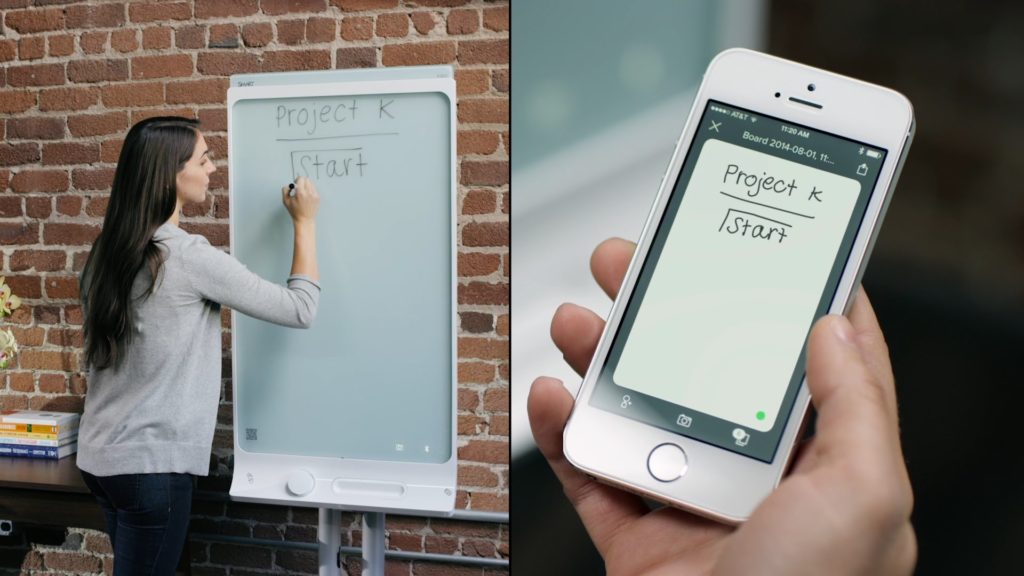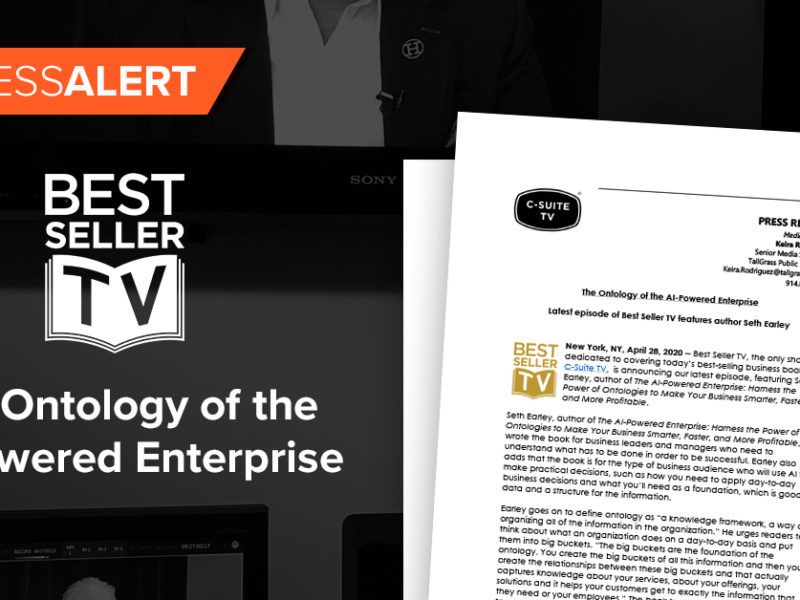
Flextronics CTO Erik Volkerink Uncovers the Simplicities and Complexities that Drive Disruption
Flextronics CTO Erik Volkerink Uncovers the Simplicities and Complexities that Drive Disruption https://csuiteold.c-suitenetwork.com/wp-content/uploads/2015/06/smartkapp-1024x576.jpg 1024 576 C-Suite Network https://csuiteold.c-suitenetwork.com/wp-content/uploads/2015/06/smartkapp-1024x576.jpgby Sarah Richards
What future will we create for ourselves? In the fast-paced world of technology, it’s the billion-dollar question. By understanding where we’re headed, and what we want to do when we get there, today’s most innovative companies create solutions that help make their vision of the future a reality.
Few have a clearer picture of what this future will look like than Dr. Erik Volkerink, chief technology officer at Flextronics, the world’s second-largest electronics manufacturing services company. During his tenure there, Dr. Volkerink has played a key role in bringing some of the world’s leading technology innovations to market – maybe even the mobile phone or laptop you’re using to read this post.
For the past 12 months, SMART Technologies has partnered with Flextronics to design and build SMART kapp, a product that redefines the dry erase board with its ability to capture notes in the cloud and share them in real time with remote participants. SMART CTO Warren Barkley and VP of Operations Nicholas Svensson worked closely with Dr. Volkerink to refine SMART kapp’s design while leveraging the latest innovations in wireless connectivity, sensor and camera technologies, and mobile device integration.
I met with Dr. Volkerink to talk about his take on the future of technology, the mechanics of innovation, and where SMART kapp fits in:
Sarah Richards: What’s the greatest advancement in collaboration technology you’ve seen in the past five years?
Dr. Erik Volkerink: It’s interesting, because collaboration solutions are very much a generational thing. Even something as simple as texting represents a significant advancement in collaboration technology when you think about it. The breakthrough from phone, to email, to texting, is an interplay between creating intimacy and documenting information.
I think SMART kapp is a great example of this. SMART is essentially looking at how whiteboards were used 20 years ago and then applying the latest technologies to create a new, innovative product. Several of today’s most interesting products take something that has existed for decades and integrates the latest technologies in order to cause a disruption. Think about Nest: they integrated the latest human-machine interfacing, wireless connectivity, and battery technology into a product that has existed for years, and caused a complete breakthrough. There are a lot of segments where a similar trend is happening, and I think SMART is really at the forefront.
Once product management has a clear and crisp understanding of the latest technologies, and what they can represent from a product functionality perspective, frequently the next generation killer product becomes readily visible. Once engineering teams digest these technologies in true product building blocks from design-to-manufacturing and execute according the right engineering methodology, productivity, product velocity, and innovation velocity, grow out of the roof. Product innovation almost becomes like playing with Lego. Flextronics is driving this new innovation methodology.
How does collaboration accelerate innovation in today’s leading companies?
At Flextronics, we’re creating a collaborative innovation platform, because the rapid proliferation and increasing complexity of new technologies can pose a challenge – especially when innovators operate in isolation. We’ve developed a portfolio of innovation building blocks that allows sharing across segments. So if there’s a great new technology being used in medical, then within a week you can leverage the same technology in automotive, aerospace and defense, or any other market segment.
We created what we call an Open Innovation Platform, which is really a combination of all these different building blocks, in order to create a culture of collaboration across industries. In Silicon Valley, we have groups of people come into what we call our Innovation Cafe. It’s a collaborative setup where on one side, we have the newest qualified technologies, and on the other we have example applications across segments and in the middle a big whiteboard where we write down ideas and collaborate around the table. We get subject-matter experts and market experts in the room in order to really help our customers understand what their next generation products could look like, leveraging the latest technologies we see globally in the various innovation hubs. It will be great to have a SMART kapp in the Innovation Café to take this collaboration to the next level.
Tell us a little bit about the process of designing and building SMART kapp.
It all started with a lunch with Warren and Nicholas, almost a year ago. I’ve always loved SMART products which I knew from my time at Stanford, and I was excited to show what Flextronics could bring to the relationship. When we started working on SMART kapp, we added value by sharing our expertise in enabling and scaling new, innovative products. There was one point where our Snapdragon building block and experience made a critical difference to the design. As we moved through the learning curve integrating with each other optimally, we had an extremely collaborative, positive experience partnering with SMART.
How does SMART kapp stand out in comparison to other projects at Flextronics?
I think SMART really understands what next-generation products could and should look like. If I look at what’s happening in all the different segments, there is a common theme, and that’s around next-generation human-machine interfacing, next-gen battery/low-power technologies, next-gen sensors and activators, next-gen wireless and connectivity, next-gen wireless connectivity, etc. And what you see in SMART kapp is a simple and elegant combination of deploying these technologies to cause a disruption in an existing market.
It’s funny… 10 years ago my ideal car stereo interface would have had 5, 6, maybe 20 different buttons to control and equalize the sound. Five years ago my ideal interface is was only an AUX plug so I could plug in my mobile. Today my ideal user interface for a car stereo is really nothing; it’s just Bluetooth connected to my mobile. And so the evolution of human-machine interfacing is going through a significant disruption in some applications trading off interfacing cost with merely wireless connectivity.
So given that evolution toward simplicity, and the merging of old and new technologies, how does SMART kapp fit into those trends?
I think the SMART product and technology portfolio is at the forefront of these trends. Whiteboards are fundamental in every collaboration environment. In a previous career, I used SMART products, so I knew the brand well before I had the opportunity of working with Warren and Nicholas, and I always loved the products. I think SMART has made some of the most influential contributions to true collaboration solutions in recent years.
We have so many meetings day in and day out, and the number of times people stand up and go to a whiteboard every day is unbelievable. It’s such an effective way of conveying a message; a picture says a lot more than 1,000 words. The concepts we draw on whiteboards are sometimes priceless. And yet, we’re using the same whiteboards as 20 years ago. The result? People are struggling, making notes, taking pictures of the boards, attaching the picture, which is barely legible, to an email… and there’s really no need for this anymore.
SMART kapp solves this problem. It’s this simple: anywhere in the world where there’s a whiteboard, there should be a SMART kapp. Whiteboarding is unbelievably important to the way people collaborate, and that’s a fundamental aspect of the human species. We’re social beings – we like to collaborate. And few companies enable true collaboration the way that SMART does.
*This post originally appeared on SmartTech.com
 Sarah Richards is a Social Media Manager at SMART Technologies working from Vancouver. Follow her @EdTechSarah.
Sarah Richards is a Social Media Manager at SMART Technologies working from Vancouver. Follow her @EdTechSarah.





